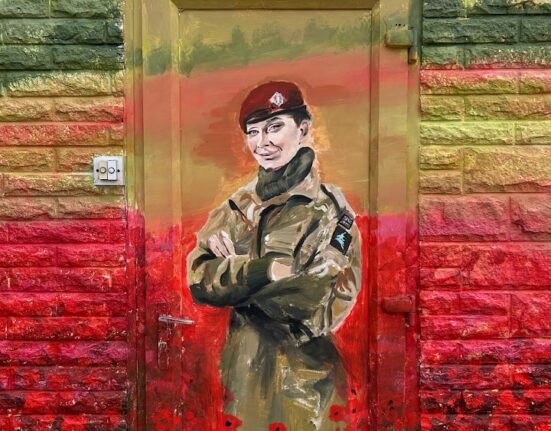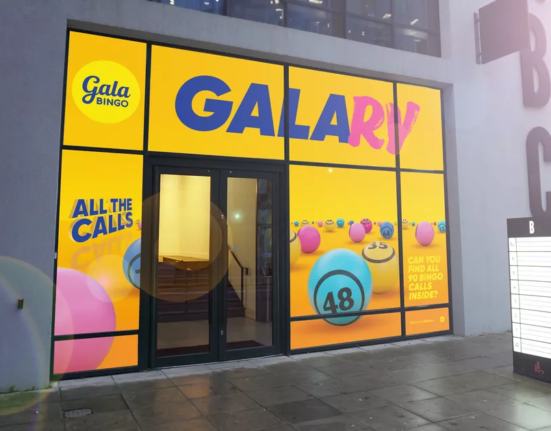When we talk about digital in the arts, the conversation often defaults to the visible end of the spectrum: a popular social media campaign, an eye-catching website design or the latest experiment in VR or AI. While these are all interesting, and important for reaching and engaging audiences, they’re arguably the icing on the cake, rather than the cake itself.
Beneath the surface lies the infrastructure that makes much of our work possible: the systems, processes and platforms that quietly shape how audiences interact with us and how staff collaborate. It’s unglamorous, rarely featured in case studies, and almost invisible to audiences – but its impact is enormous.
In a sector where resources are stretched, it’s easy to think of back-end systems as an operational detail, and an area that falls under the remit of IT alone. But digital infrastructure isn’t just a technical issue, it’s a strategic one. The choices you make about ticketing platforms, content management systems or customer databases fundamentally shape the way your organisation can function, adapt and grow.
Infrastructure shapes experience
Take ticketing. For many organisations, this is a vital part of the user experience. Yet the decision about which system to use is often left to IT leads and procurement checklists. But a clunky or confusing ticketing journey can undo months of careful marketing in seconds.
The same applies to standalone CRM systems. These are the tools that determine what you know about audiences, how easily you can segment and understand them, and whether you can build loyalty over time. If your CRM doesn’t talk to your email platform, or if you lack the expertise to extract insights, you risk missing opportunities to deepen relationships with the very people you exist to serve.
And your content management system (CMS) isn’t just about how your website looks; it sets the boundaries for what you can do. Can you publish quickly without a bottleneck? Can non-technical staff contribute easily? Does the system scale as your needs evolve? The answers to these questions shape not only digital communications but also how agile and responsive your whole organisation can be.
Legacy systems, hidden costs
Many arts organisations find themselves stuck with legacy systems chosen years ago, often for valid reasons at the time. But digital infrastructure ages quickly. A system that once felt cutting-edge can become a straitjacket.
The costs aren’t always obvious. Staff might spend hours wrestling with clunky workflows. Data might sit siloed in one platform, impossible to combine with another. Reporting might require endless manual workarounds. These inefficiencies often become normalised as ‘how we do things’ but over time they erode capacity and morale.
Outdated infrastructure can also restrict strategic ambition. Want to launch or completely overhaul a membership scheme, test out dynamic pricing, or preview web pages live, as you build them? Your systems might not allow it or might make it prohibitively expensive.
Why infrastructure is strategic
The platforms you choose affect your ability to deliver against almost every organisational goal:
- Financial resilience: From ticketing fees to fundraising platforms, infrastructure decisions directly affect revenue
- Audience development: The sophistication of your CRM determines how well you understand and engage different audience segments. The flexibility of your CMS directly impacts how you engage with audiences online
- Accessibility: Your CMS or app platform sets the baseline for how inclusive your digital offer can be
- Sustainability: Infrastructure choices affect digital carbon footprints and long-term maintainability
- Reputation and trust: Security breaches or poor user experience can undermine public confidence
Seen this way, infrastructure isn’t just the plumbing. It’s the foundation upon which the whole organisation stands.
Boards and leaders need to care
For trustees and senior leaders, digital infrastructure can feel remote, but ignoring infrastructure carries risk. Cybersecurity is one obvious example, but there are subtler risks too such as a CRM that can’t surface meaningful insights; a CMS that blocks staff from updating vital information quickly; a ticketing platform that frustrates rather than enables.
Leaders don’t need to be experts in the technical details, but they do need to ask the right questions. Are our systems helping or hindering our strategy? Where are the hidden inefficiencies that sap time and energy? Do we have the skills in-house to make the most of our tools? And how will today’s infrastructure choices support our future ambitions?
Towards a healthier infrastructure culture
So, what should you do? First, acknowledge infrastructure as part of your organisational strategy, not just an IT issue. Build time into planning cycles to review systems, assess fitness for purpose and map where investment is needed. Ask for objective help from external experts.
Second, involve the right people in decisions. Frontline staff know where the pain points are, leaders understand the strategic direction, external advisors can help benchmark options. Too often, decisions are made in silos, leading to solutions that don’t meet real needs and systems that don’t easily connect with each other.
Third, don’t underestimate the importance of training and support. Even the best infrastructure fails if staff don’t know how to use it confidently. Embedding digital skills across the organisation is as important as the technology itself.
Finally, think long-term. Choosing the cheapest short-term option can create expensive problems down the line. Infrastructure is about building resilience for the future as much as solving problems in the present.
The arts sector has a tendency to spotlight what’s visual and audience-facing. But if we want to build sustainable, resilient and audience-focused organisations, we need to give equal attention to the hidden systems that underpin our work. Digital infrastructure may never make the headlines. But it is the quiet force that shapes how we connect with audiences, how staff deliver their best work, and how organisations adapt to a rapidly changing world.







